
Excel uses Solver method
"Solver" is based on the values of certain cells Constraints or restrictions are used to obtain the optimal result of the formula in the target cell on the worksheet.
Recommended: "Excel Tutorial"
On the Data tab, in the Analysis group, click Solver.
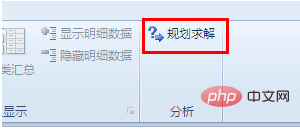
If the Solver command or the Analysis group is not available, you need to load the Solver add-in:
Click "File" --"Options"--"Add-ins", in the "Manage" box, click "Excel Add-ins" --"Go", in the "Available add-ins" box, check "Solver Add-in" , click OK.
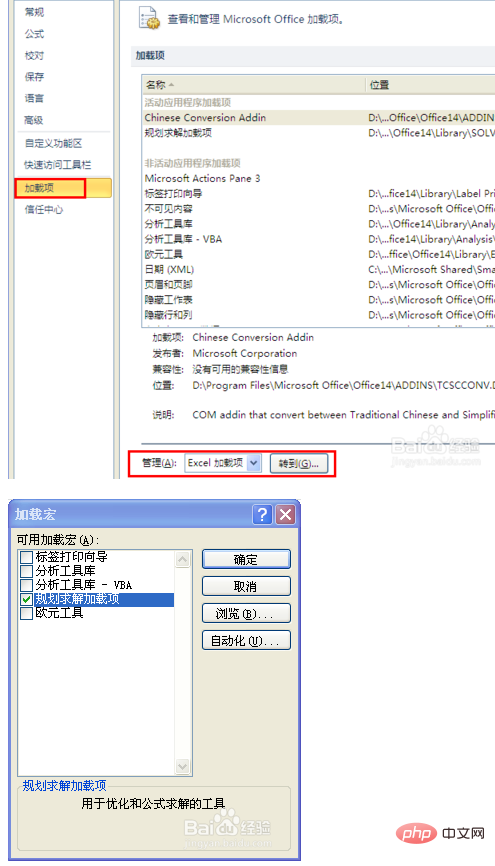
In the Set Target box, enter the cell reference or name of the target cell. The target cell must contain the formula. Set the target cell "Maximum value", "Minimum value" as needed or type the determined value in the box.
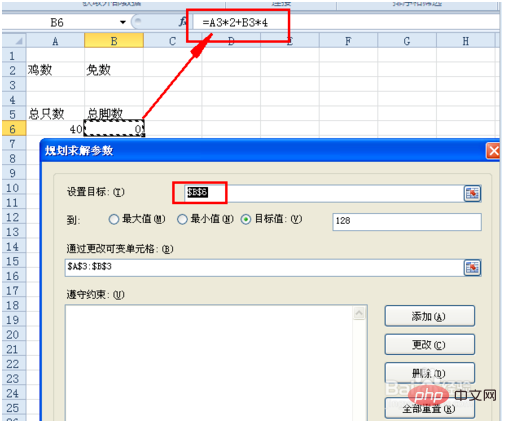
In the "Variable Cells" box, enter the name or reference of the cell range. Non-adjacent references are separated by commas. Variable cells must be directly or Indirectly related to the target cell.
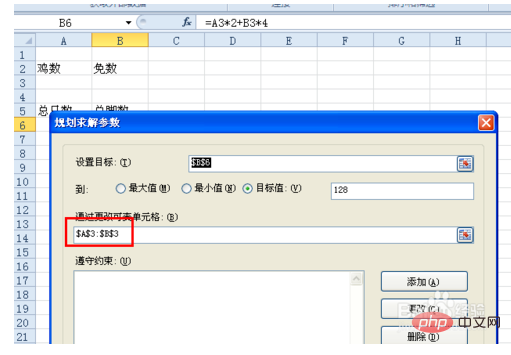
In the "Constraints" box, add constraints: Select or enter a reference, select constraints, and click "Add" to add constraints.
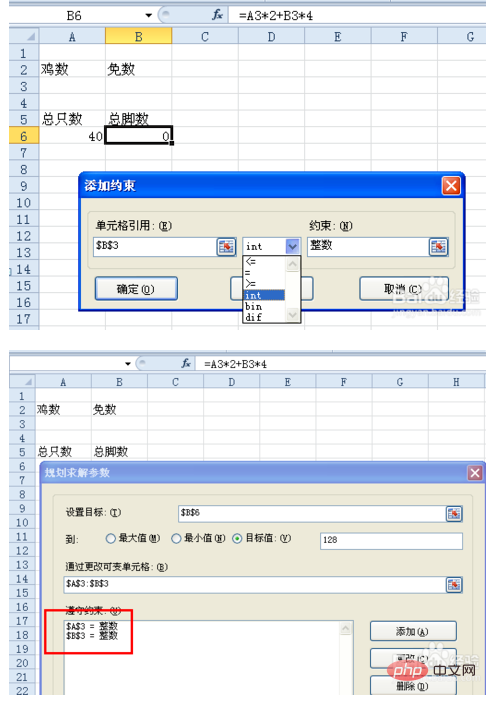
Click "Solve" to get the results, and you can choose "Keep the solution from Solver" or "Restore the initial value".
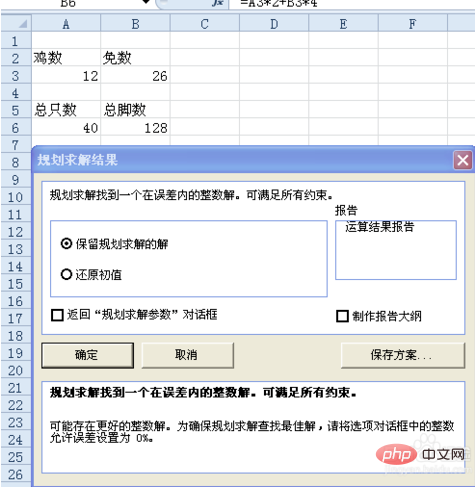
The above picture is a planning solution based on the problem of chickens and rabbits in the same cage. However, the result is wrong because the total number of animals is not constrained. Then add constraints, constrain the total number relationship, and execute "solve" to get the answer.
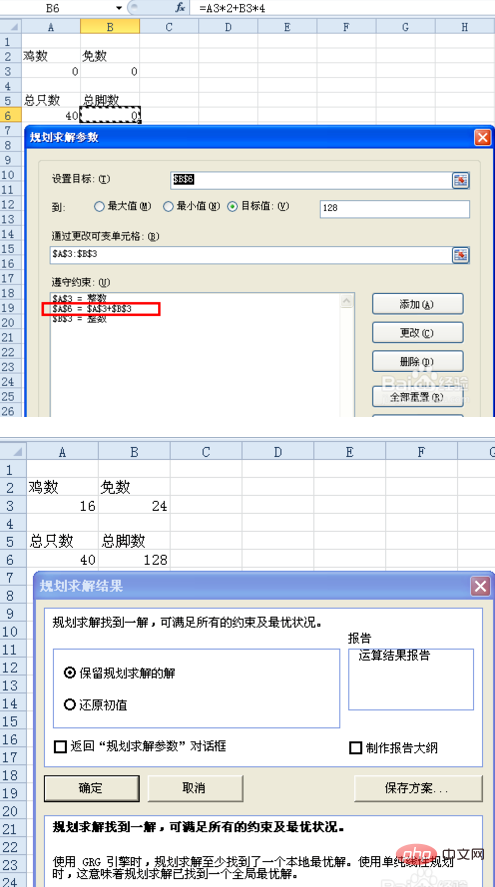
The above is the detailed content of How to use Excel to solve problems. For more information, please follow other related articles on the PHP Chinese website!
 Compare the similarities and differences between two columns of data in excel
Compare the similarities and differences between two columns of data in excel
 excel duplicate item filter color
excel duplicate item filter color
 How to copy an Excel table to make it the same size as the original
How to copy an Excel table to make it the same size as the original
 Excel table slash divided into two
Excel table slash divided into two
 Excel diagonal header is divided into two
Excel diagonal header is divided into two
 Absolute reference input method
Absolute reference input method
 java export excel
java export excel
 Excel input value is illegal
Excel input value is illegal




